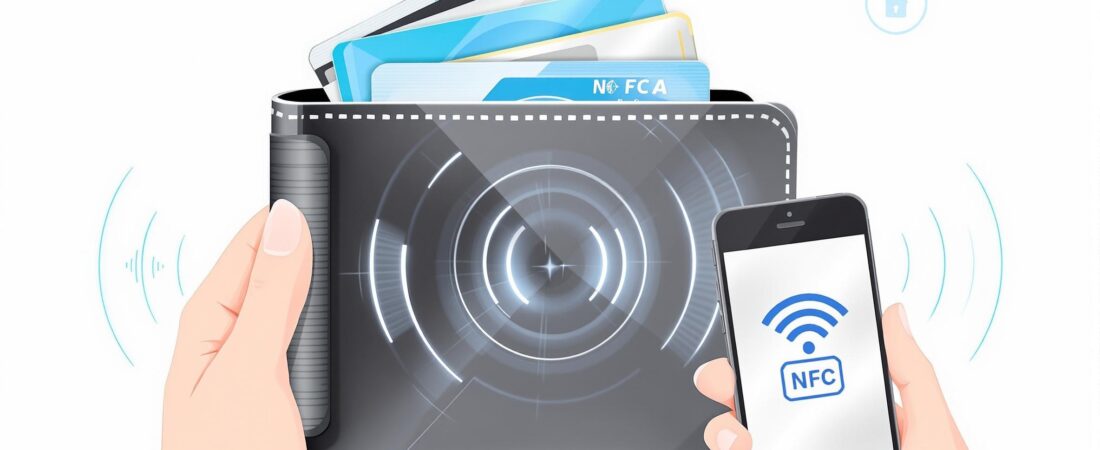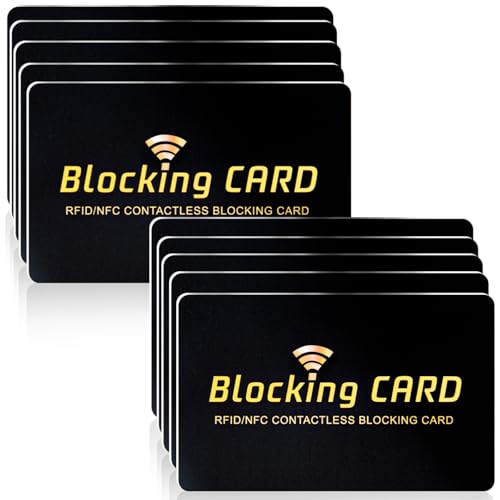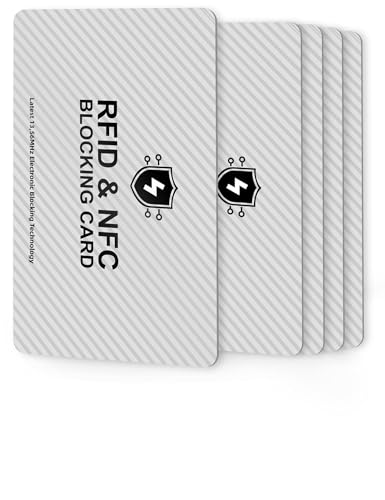In our increasingly cashless world, the convenience of tap-to-pay cards comes with a hidden vulnerability that most people never consider. While you’re focused on traditional pickpockets, digital thieves are walking right past you with scanners hidden in backpacks, briefcases, or even smartphones, silently harvesting your card information without ever touching your wallet.
The Invisible Threat Walking Among Us
RFID and NFC-enabled cards broadcast your payment information to any reader within range – typically 1-4 inches, but sophisticated equipment can extend this to several feet. Criminal entrepreneurs have discovered they can build portable card skimmers for under $50 using readily available components. These digital pickpockets simply walk through crowded areas like subway stations, shopping malls, or busy sidewalks, letting their hidden scanners collect card data from unsuspecting victims. Unlike traditional card skimmers attached to ATMs or payment terminals, these mobile threats are virtually undetectable and can harvest dozens of cards in a single outing.
The Zero Budget Solution That Banks Don’t Want You to Know
Before spending $20-50 on a commercial RFID-blocking wallet, try this zero-budget solution that’s been protecting cards for years: aluminum foil. A single layer of standard kitchen aluminum foil, cut to the size of a dollar bill and placed in your wallet, creates a Faraday cage that blocks electromagnetic signals. This simple barrier prevents scanners from reading your cards while still allowing you to remove them for legitimate transactions. For maximum protection, wrap individual cards in small foil pieces, or create a foil sleeve that covers your entire card stack.
When Zero Budget Isn’t Enough: Commercial Alternatives
If the DIY approach feels too makeshift, RFID-blocking wallets and card sleeves offer a more polished solution. These products use specialized materials like metal mesh or conductive fabric woven into the wallet’s construction. Quality RFID-blocking wallets range from $15-40 and provide seamless protection without the need to remember foil placement. Individual card sleeves cost just $1-2 each and can be mixed with your existing wallet. Look for products that specifically mention blocking 13.56 MHz frequency, which covers most payment cards.
Beyond Your Wallet: Protecting Your Digital Life
Card skimming represents just one facet of our growing digital vulnerability. The same criminals using portable scanners often target other weak points in our payment ecosystem. Always inspect card readers at gas pumps and ATMs for loose or misaligned components that might indicate attached skimmers. Cover your PIN entry with your free hand, and consider using mobile payment apps like Apple Pay or Google Pay, which generate unique transaction codes instead of transmitting your actual card number. These digital wallets provide an additional security layer that even the most sophisticated portable scanners cannot penetrate.
The Smart Money Strategy: Limiting Your Exposure
Beyond physical card protection, consider adopting a “decoy wallet” strategy using prepaid or low-balance debit cards for daily transactions. Load only $50-100 onto a separate card for routine purchases like coffee, gas, or lunch, while keeping your primary accounts safely at home. This approach means that even if digital pickpockets successfully scan your everyday carry card, they’re accessing a limited fund source rather than your main checking account or high-limit credit cards. Many banks offer free secondary debit cards or you can use prepaid cards from grocery stores – both options cost nothing beyond the money you’d spend anyway. If your daily-use card gets compromised, you’re looking at a minor inconvenience rather than a financial catastrophe. This strategy also helps with budgeting since you’re naturally limiting daily spending to whatever amount you’ve loaded onto the card.
The Bottom Line: Zero Budget, Maximum Security
Protecting yourself from digital pickpockets doesn’t require expensive gadgets or complete lifestyle changes. A few cents worth of aluminum foil can provide the same protection as premium RFID-blocking products, proving that effective security often comes down to understanding the threat rather than outspending it. Whether you choose the zero-budget foil method or invest in a commercial solution, the key is taking action before you become another statistic in the growing world of contactless crime.





